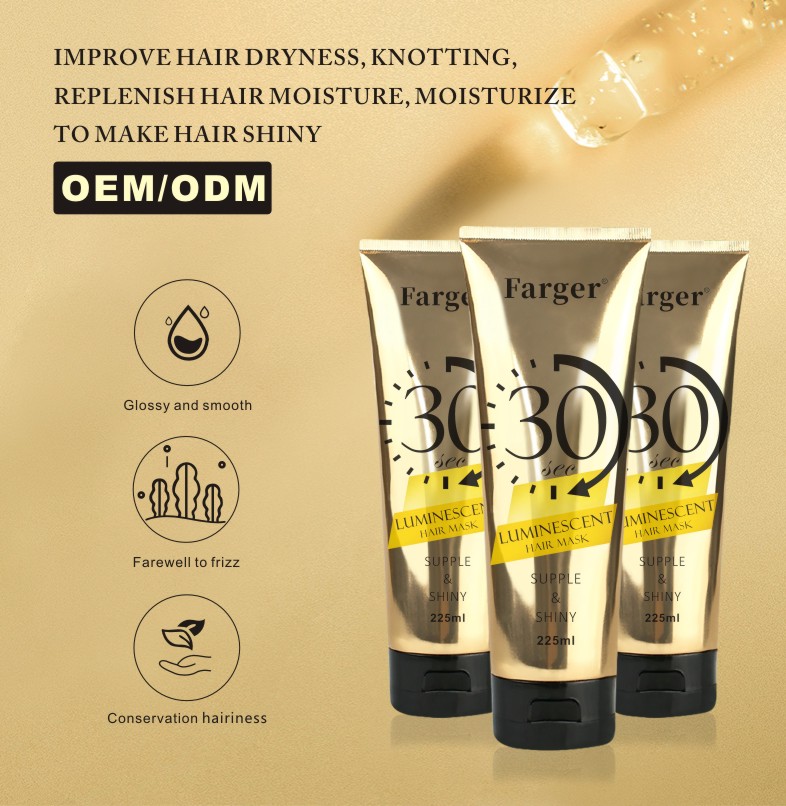Introduction
Ever wondered why we call it “shampoo” instead of “hair soap”? It’s an interesting question that digs deep into the history of hair care. Shampoo has become a staple in our beauty routines, but its name and origins tell a fascinating story about evolution, culture, and the science of hair care.
Etymology of Shampoo
The word “shampoo” comes from the Hindi word “chāmpo,” which means to massage or knead. The term was first used in English in the 18th century and referred to a variety of cleansing agents, not just what we think of as shampoo today. Originally, it was a way to describe a gentle cleansing process, often involving oils and herbs.
Differences Between Shampoo and Soap
While both shampoo and soap are cleansing agents, they differ significantly in composition and purpose. Shampoo typically contains surfactants that effectively remove dirt and oil without stripping the hair of its natural moisture. Soap, on the other hand, has a higher pH and can be harsh on hair, leading to dryness and frizz.
The Evolution of Hair Care Products
In ancient times, people used various natural substances to clean their hair, such as plant extracts, herbs, and oils. The modern shampoo we know today began to take shape in the early 20th century, influenced by advancements in chemistry and a growing understanding of hair care.
Cultural Significance of Shampoo
Around the world, the approach to hair care varies dramatically. Different cultures have their own traditional methods of cleansing and caring for hair. As global trade and advertising spread the idea of shampoo, it became a widely accepted product, forever changing our grooming habits.
Shampoo Formulations
Today, shampoos come in countless varieties, each designed for specific hair types and concerns. From clarifying shampoos that remove buildup to moisturizing formulas for dry hair, the ingredients and purpose can vary widely. Surfactants, which are the key cleansing agents in shampoo, help to lift dirt and oil away from the hair shaft.
The Science Behind Shampoo
Ever wonder how shampoo actually cleans your hair? It’s all about the molecular structure. Surfactants reduce the surface tension of water, allowing it to mix with oil and dirt, which can then be rinsed away. This scientific magic makes shampoo a more effective option than regular soap for hair.
Common Misconceptions About Shampoo
There are many myths surrounding shampoo and hair washing. For instance, many people believe shampoo and conditioner are interchangeable. In reality, they serve different purposes: shampoo cleanses, while conditioner hydrates and protects.
Future of Hair Care Products
The future of hair care is leaning towards natural and organic products, as consumers become more conscious of what they put on their bodies. Innovations in technology are also leading to more specialized formulations tailored to individual hair needs.
Conclusion
So, next time you lather up, remember that “shampoo” isn’t just a name—it’s a reflection of a rich history and scientific innovation that has shaped how we care for our hair. Understanding the distinctions between shampoo and soap helps us appreciate the evolution of hair care products and the importance of choosing the right one for our hair type.
FAQs
Why can’t you use regular soap on your hair?
Regular soap can strip your hair of natural oils, leading to dryness and damage. Shampoo is formulated to be milder and better suited for hair.
What are the benefits of using shampoo?
Shampoo effectively cleanses hair without harsh effects, helps maintain a balanced pH, and often includes ingredients that promote hair health.
Is there a difference between shampoo and body wash?
Yes, body wash is formulated for the skin, while shampoo is designed specifically for hair, with different pH levels and surfactants.
How often should I wash my hair with shampoo?
It depends on your hair type and lifestyle, but most people benefit from washing their hair 2-3 times a week.
What should I look for in a good shampoo?
Look for ingredients that suit your hair type, avoid harsh sulfates if possible, and consider your specific hair concerns, like dryness or damage.

